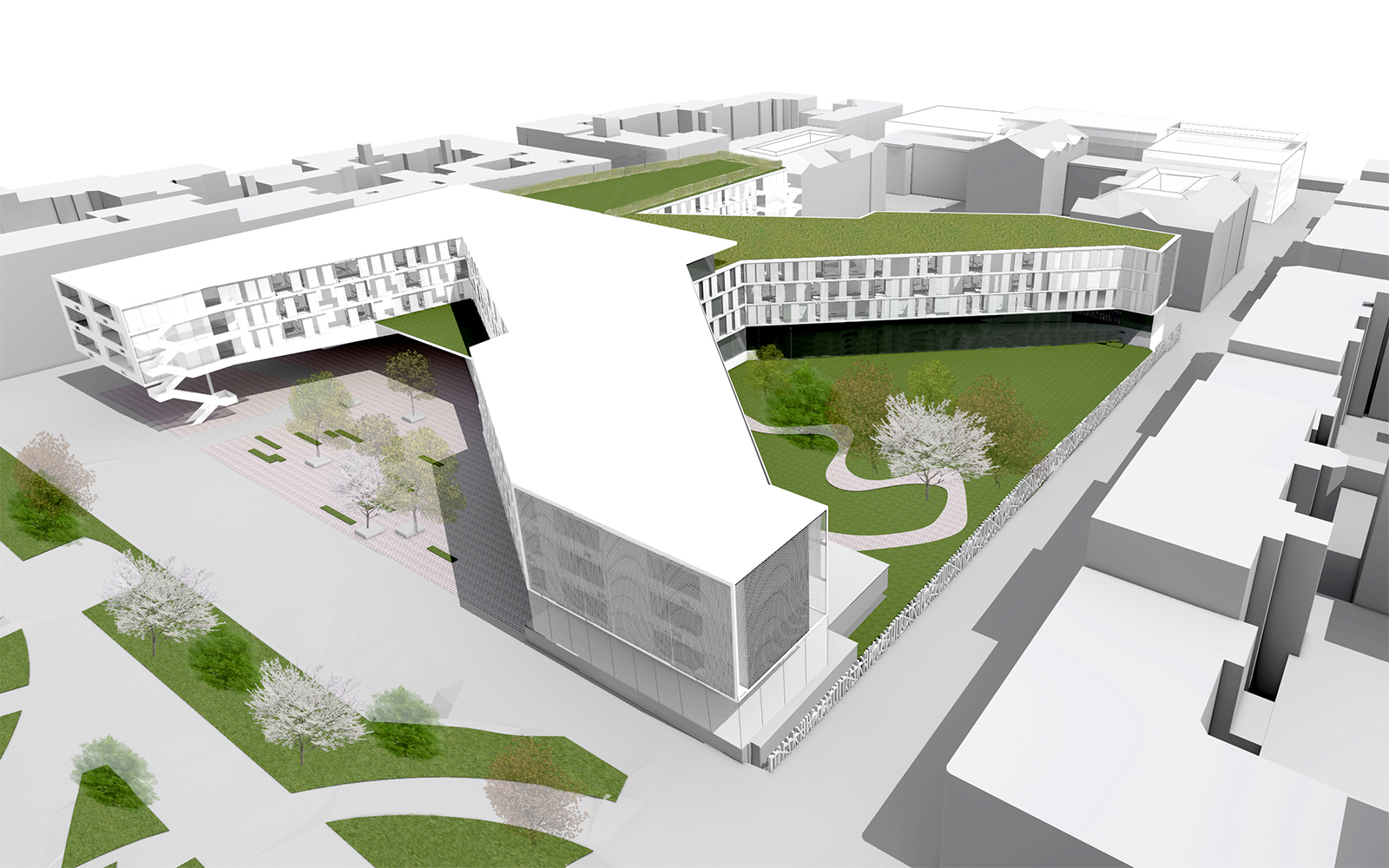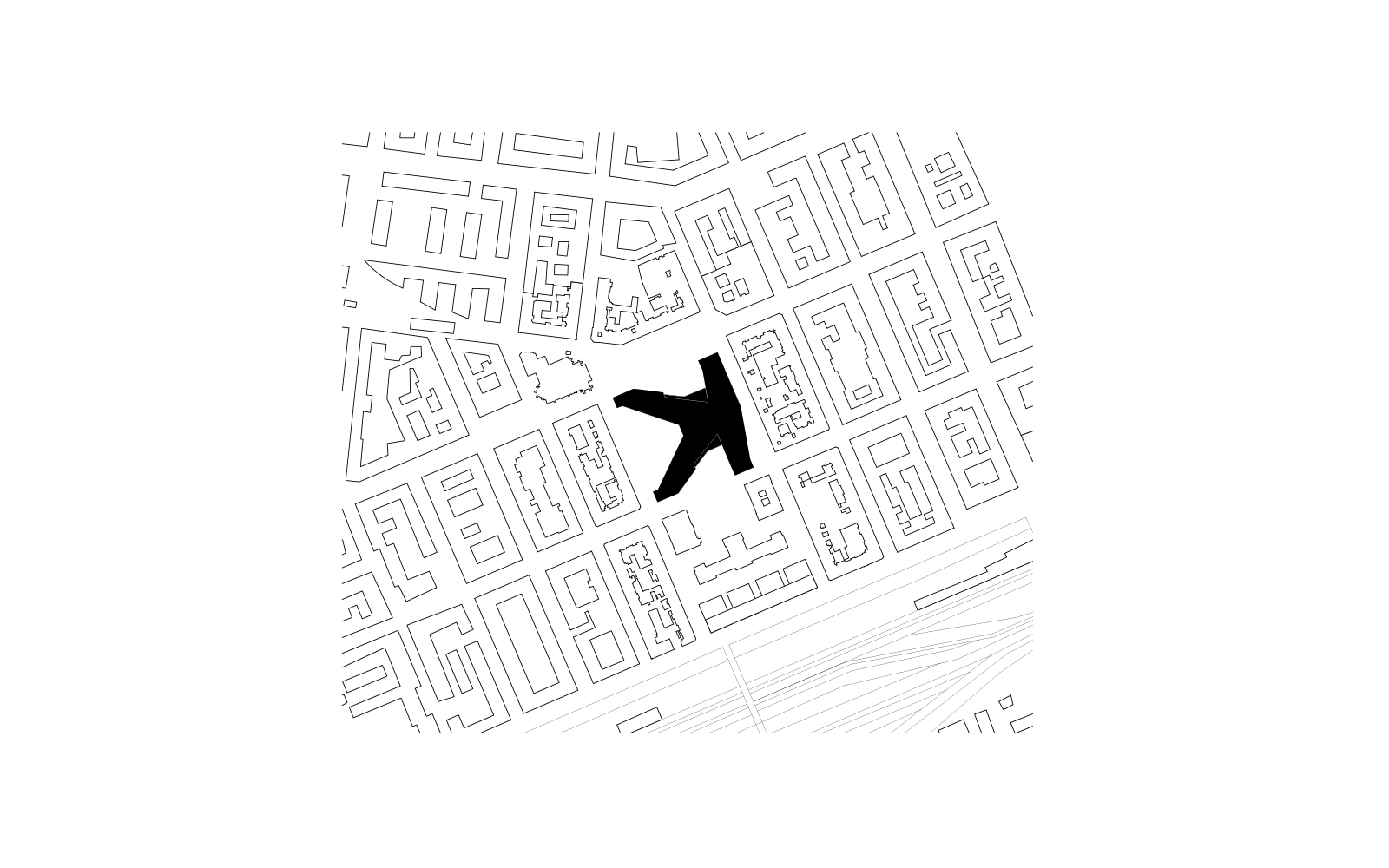Kaiserin Elisabeth Hospital
2011
2011
Kardinal-Rauscher-Platz 2, 1150 Vienna
Competition, 2011
The location of the building on the site not only provides essential commercial access to the surrounding urban areas, but also enables the building to enter into various architectural dialogues with its environment.
Towards the south, at the end of Meisslstraße, Kardinal Rauscher Platz opens into the site, where, at the north end, we find the roofed entrance to the five-storey building.A passage beneath the building creates a thoroughfare to the traffic-reduced Goldschlagstraße and into the green area of the adjacent residential buildings in the south of the complex. Above this passage, at the level of the wards, there are city terraces which invite the residents to sit down, relax and enjoy the view of urban life below.
The front gardens, surrounded by structured walls towards Holochergasse, not only serve as therapy gardens, but are also used as an open area by the kindergarten, thus loosening up the urban silhouette and maintaining the visual characteristics of the originally existing buildings. The integration of the accompanying street space into the area of the front gardens enables ample views from the building into the neighbouring quarter.
The building’s configuration represents a star, thus turning it into a striking, prominent urban form, which creates various different open spaces between the star’s outreaching “arms”.
Opposite each other, stretching out to the East and to the West, the two pairs of wards are connected to the central access area; from these two care facilities, clearly defined pathways lead to the daycentres and to the individual rooms of the inhabitants, offering them cosy niches to sit down, chat and relax.
Two types of room are offered in the building, depending on their specific location in the building, the configuration explicitly designed to help incorporate the environment. The rooms offer views over the city, but also provide insight into the commonly used areas of the nursing home. Orientation within the building is facilitated for the inhabitants by the clearly structured design of the pathways and also by the differentiating use of colours in the flights of rooms.
The residential building situated in the southern part of the site perfectly fits in with the existing historical buildings, thus contributing to the urban context along the Felberstraße.
Towards the south, at the end of Meisslstraße, Kardinal Rauscher Platz opens into the site, where, at the north end, we find the roofed entrance to the five-storey building.A passage beneath the building creates a thoroughfare to the traffic-reduced Goldschlagstraße and into the green area of the adjacent residential buildings in the south of the complex. Above this passage, at the level of the wards, there are city terraces which invite the residents to sit down, relax and enjoy the view of urban life below.
The front gardens, surrounded by structured walls towards Holochergasse, not only serve as therapy gardens, but are also used as an open area by the kindergarten, thus loosening up the urban silhouette and maintaining the visual characteristics of the originally existing buildings. The integration of the accompanying street space into the area of the front gardens enables ample views from the building into the neighbouring quarter.
The building’s configuration represents a star, thus turning it into a striking, prominent urban form, which creates various different open spaces between the star’s outreaching “arms”.
Opposite each other, stretching out to the East and to the West, the two pairs of wards are connected to the central access area; from these two care facilities, clearly defined pathways lead to the daycentres and to the individual rooms of the inhabitants, offering them cosy niches to sit down, chat and relax.
Two types of room are offered in the building, depending on their specific location in the building, the configuration explicitly designed to help incorporate the environment. The rooms offer views over the city, but also provide insight into the commonly used areas of the nursing home. Orientation within the building is facilitated for the inhabitants by the clearly structured design of the pathways and also by the differentiating use of colours in the flights of rooms.
The residential building situated in the southern part of the site perfectly fits in with the existing historical buildings, thus contributing to the urban context along the Felberstraße.
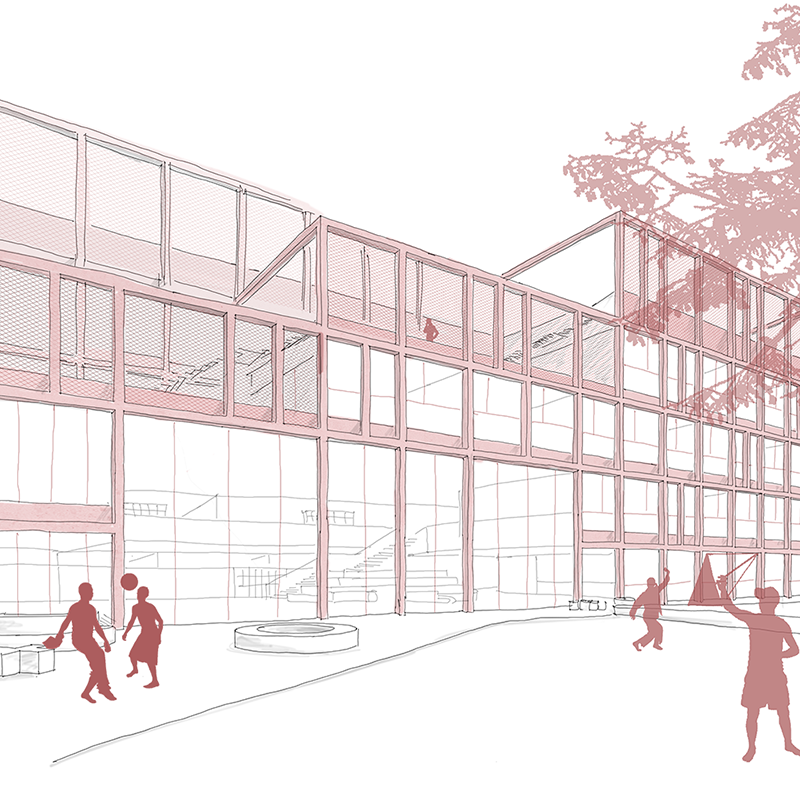
Anerkennung
AHS
Otto-Preminger-Straße
Otto-Preminger-Straße
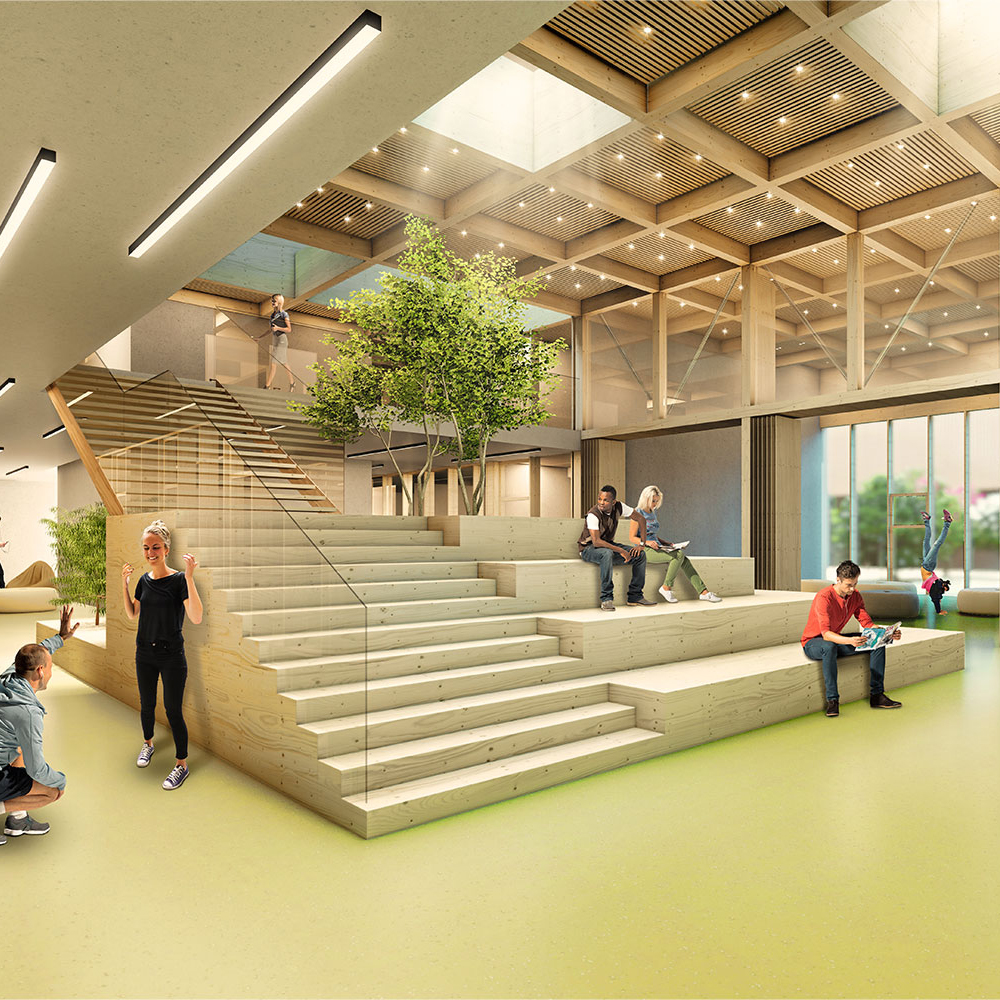
Wettbewerb
Alpen-Adria-Gymnasium
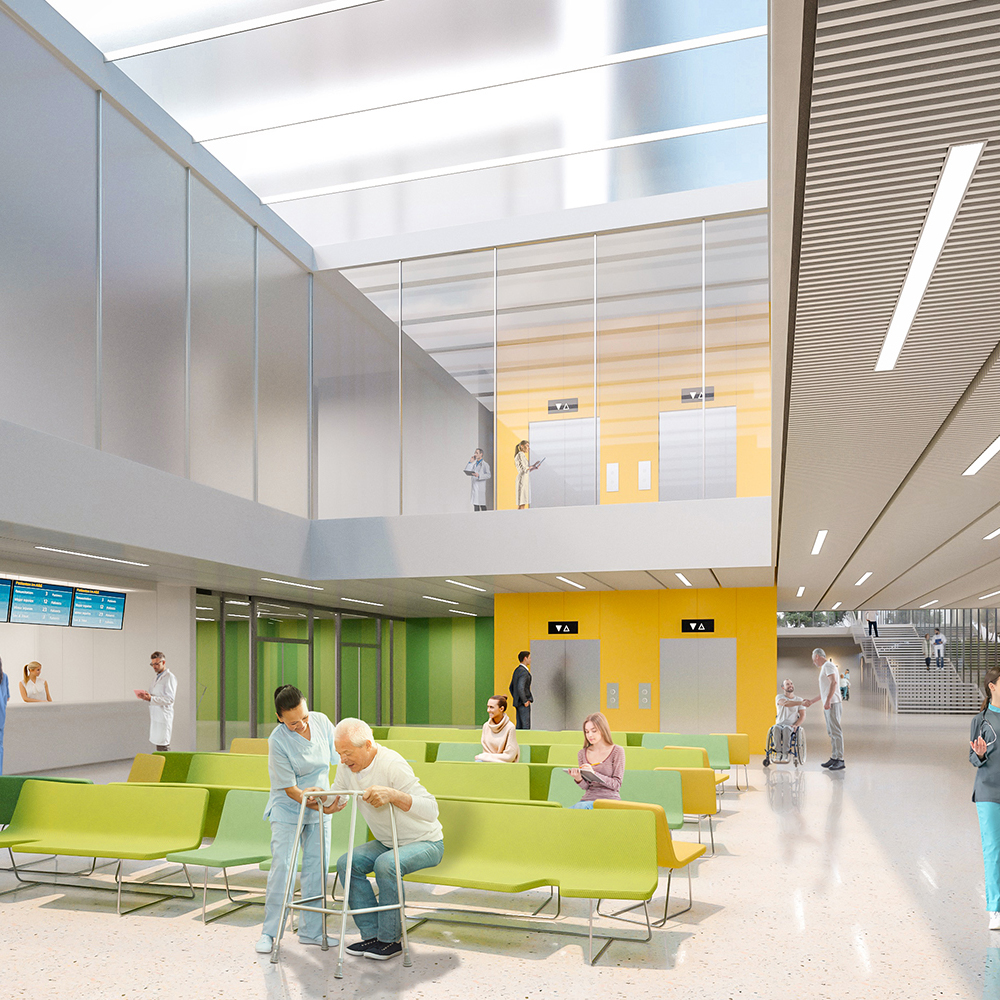
Competition
Oberpullendorf Hospital
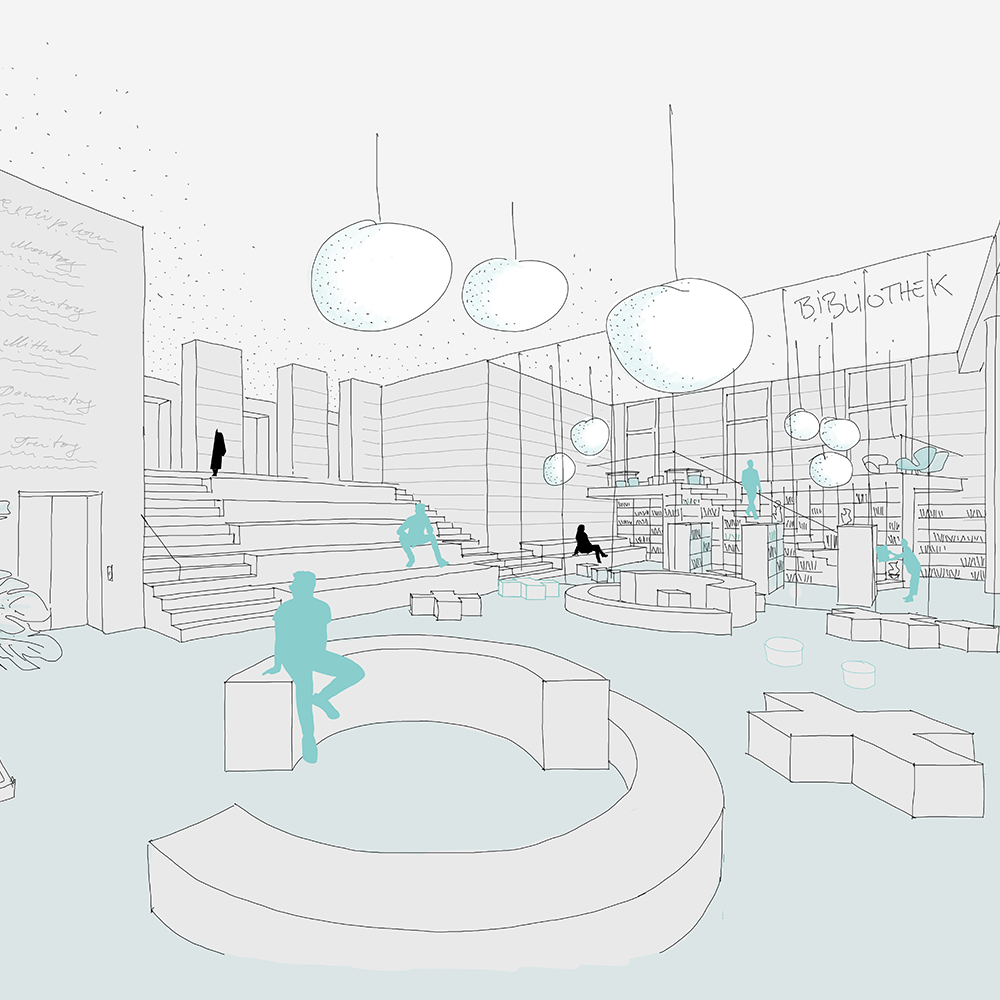
2. Preis
Semmelweisareal Haus 1
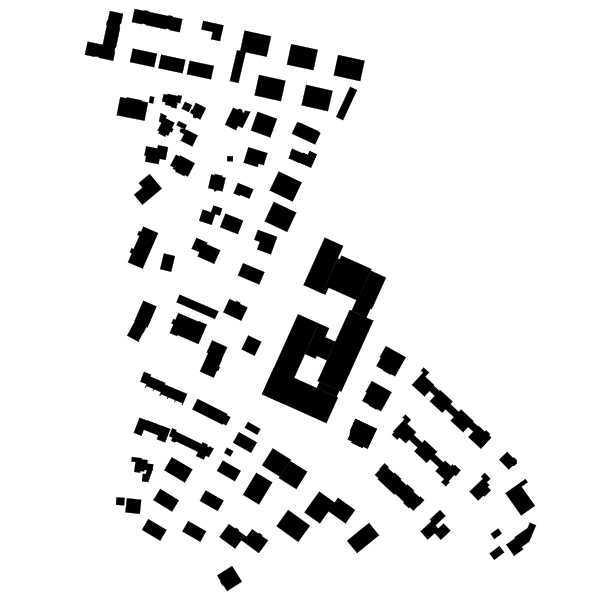
Anerkennung
Federal School Centre Zell am See
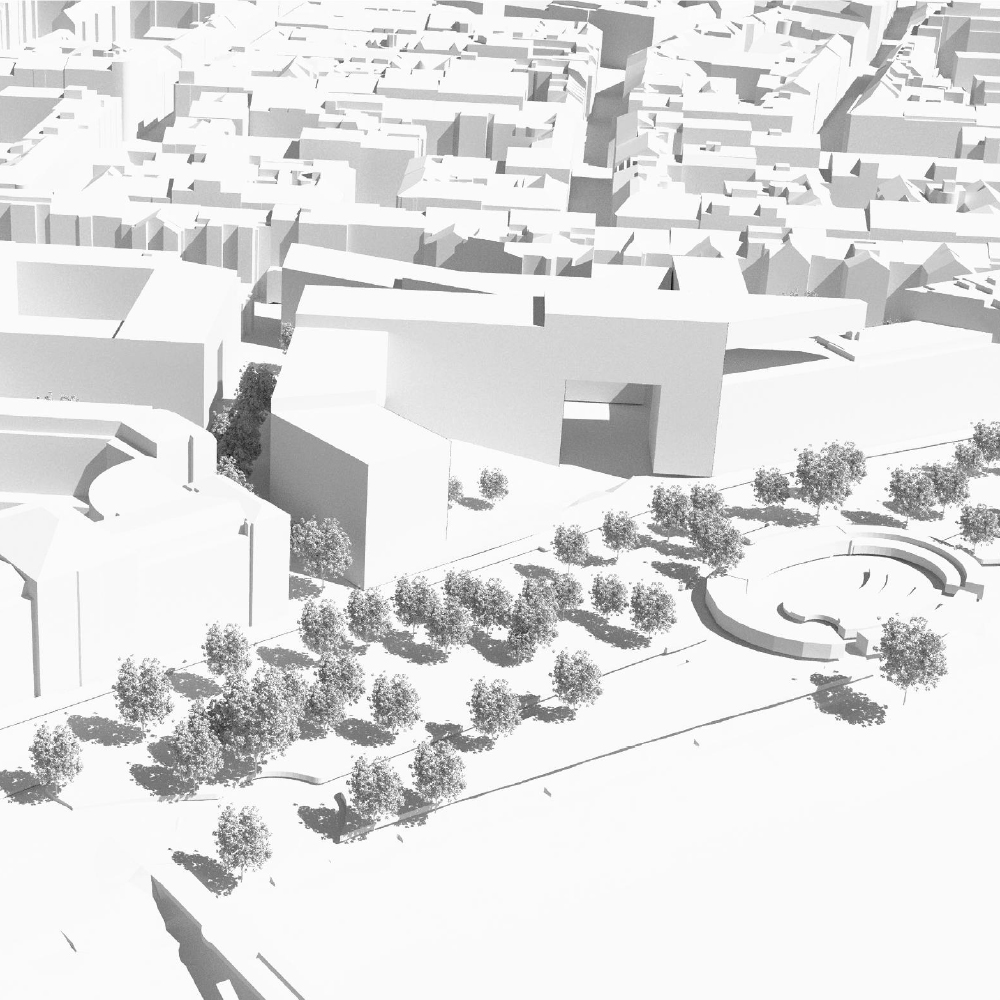
Competition
Leopold's Quarter
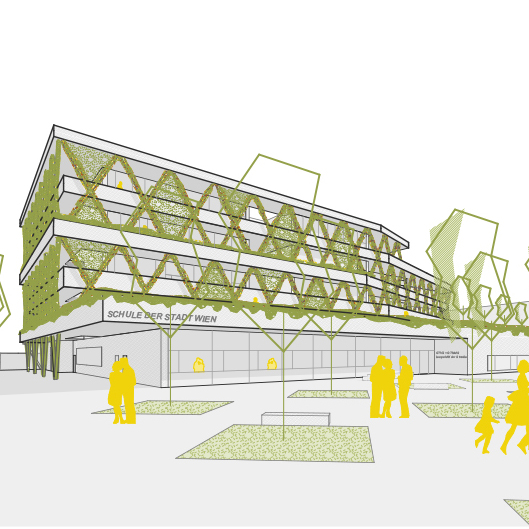
Competition
School Leopold-Kohr-Straße
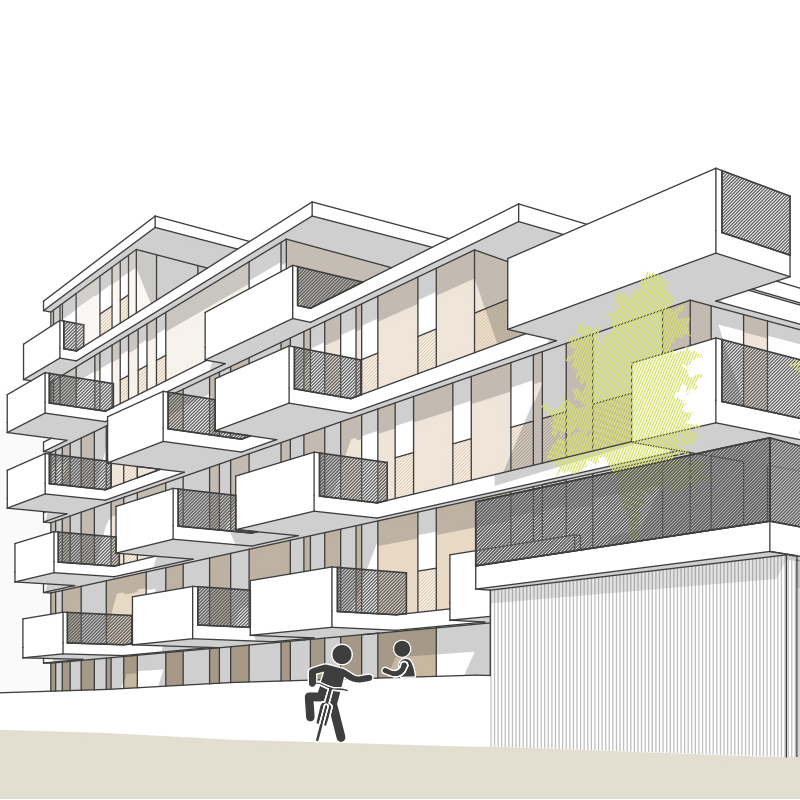
Recognition
Residential development Mendelgasse
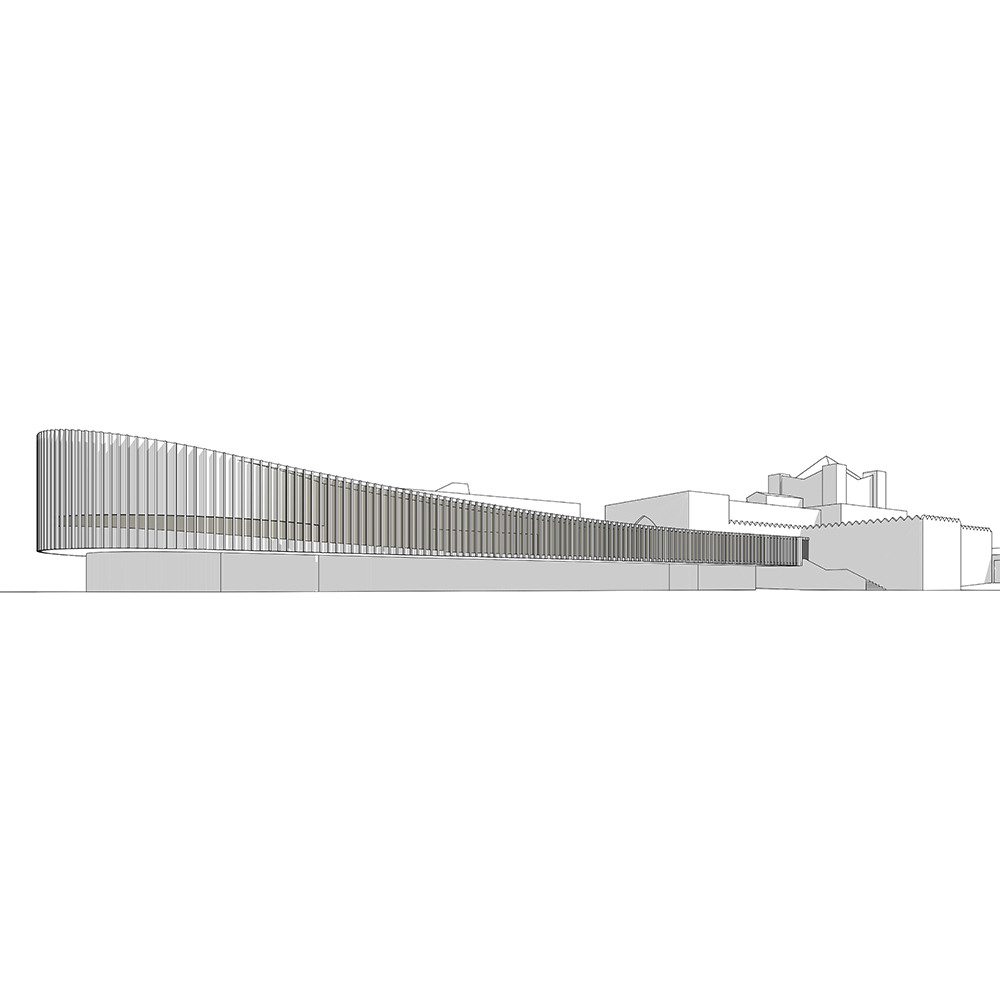
Competition
Extension Crematorium Vienna
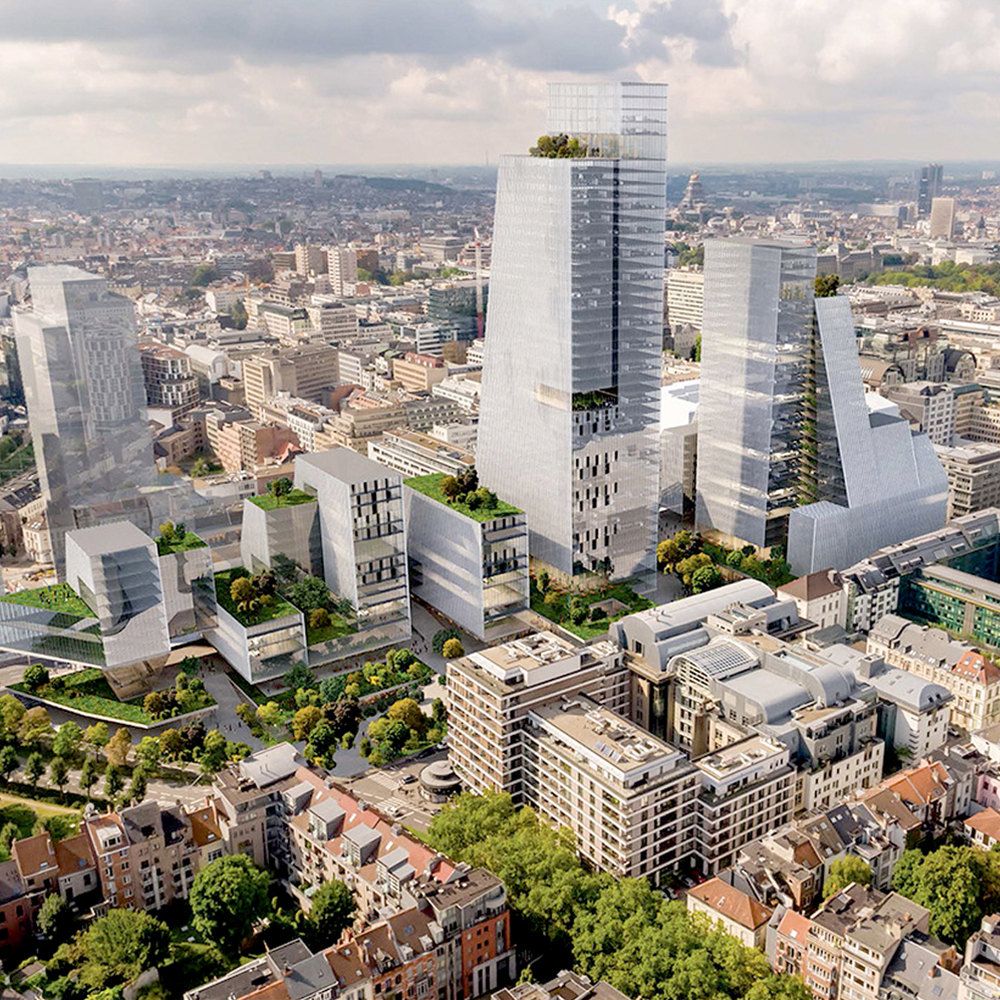
Wettbewerb
Loi 130
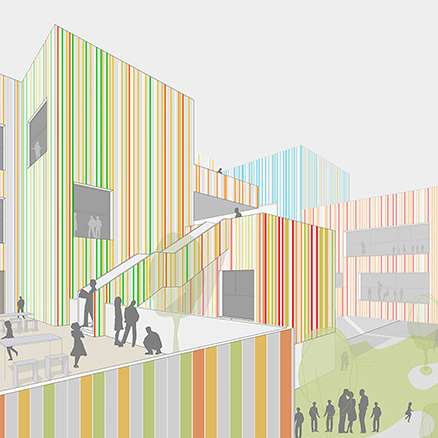
Recognition
Education Campus Deutschordenstraße
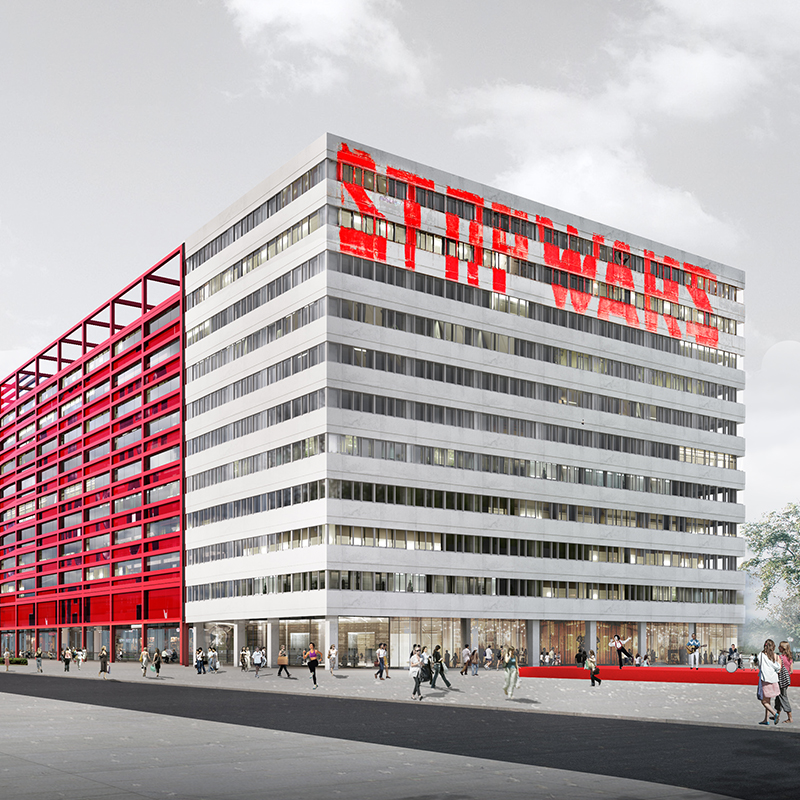
Wettbewerb
Haus der Statistik
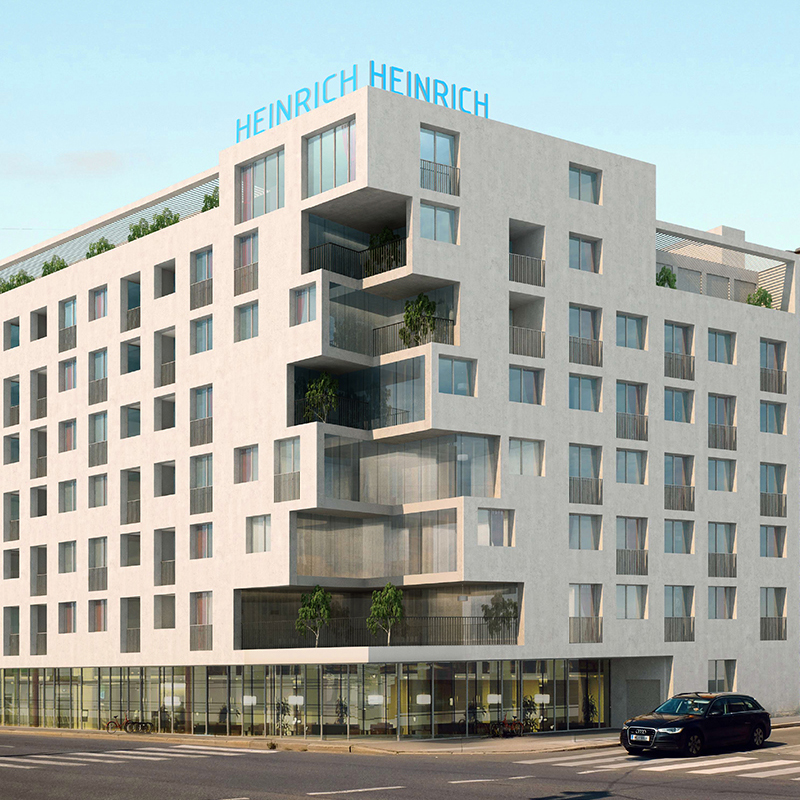
Wettbewerb
Heinrich – Serviced Apartments
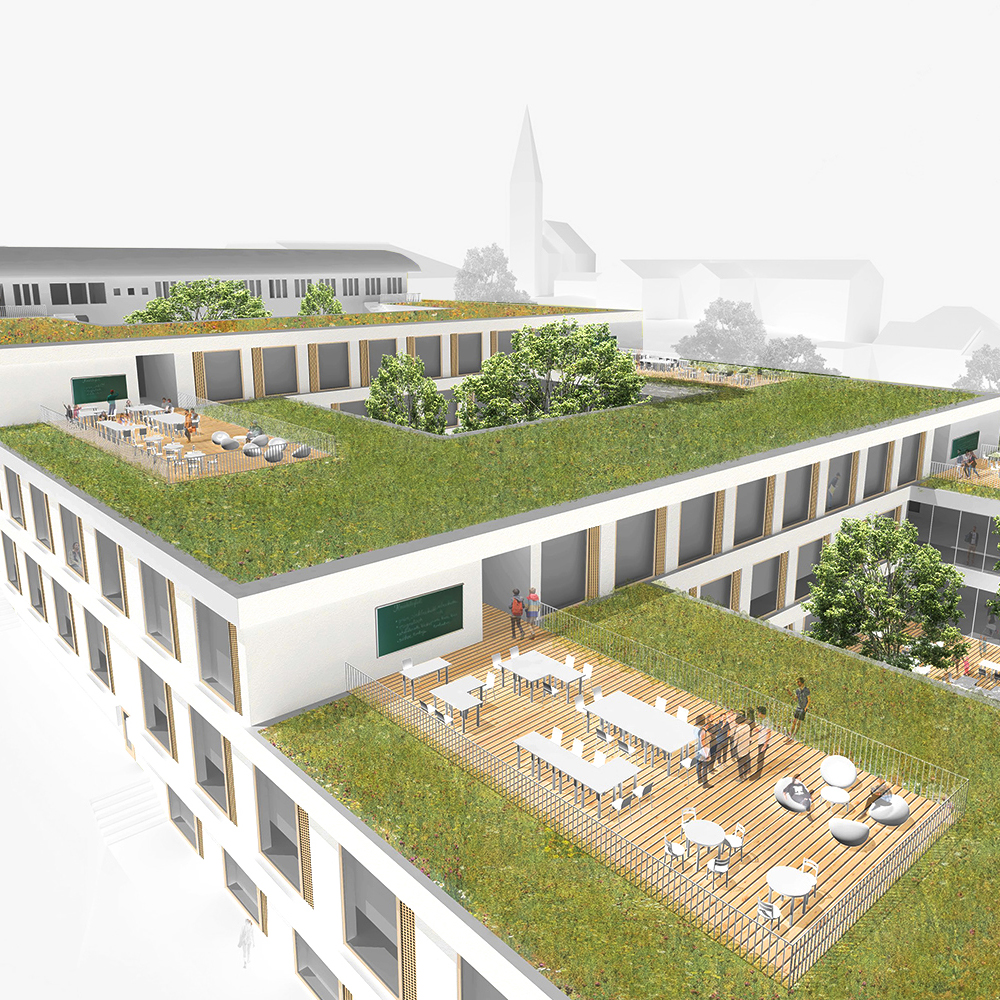
Wettbewerb
Konrad-Lorenz-Secondary School Gänserndorf
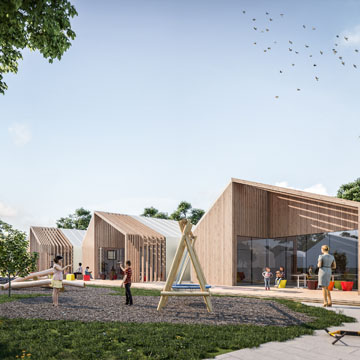
3rd Prize
Lower Austria State Kindergarten Pulkau
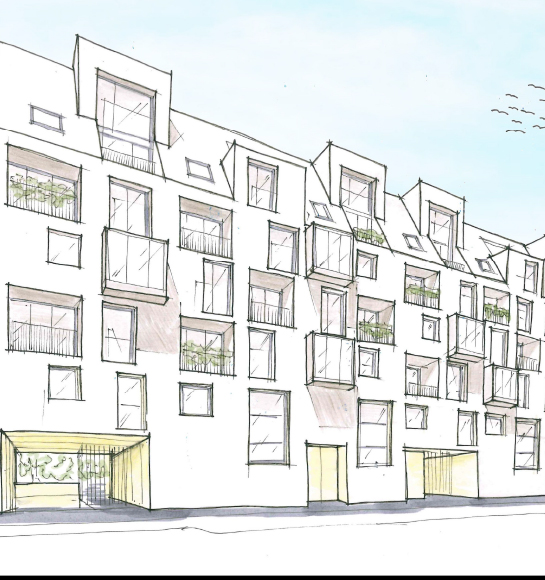
Competition
Residential building Buchengasse
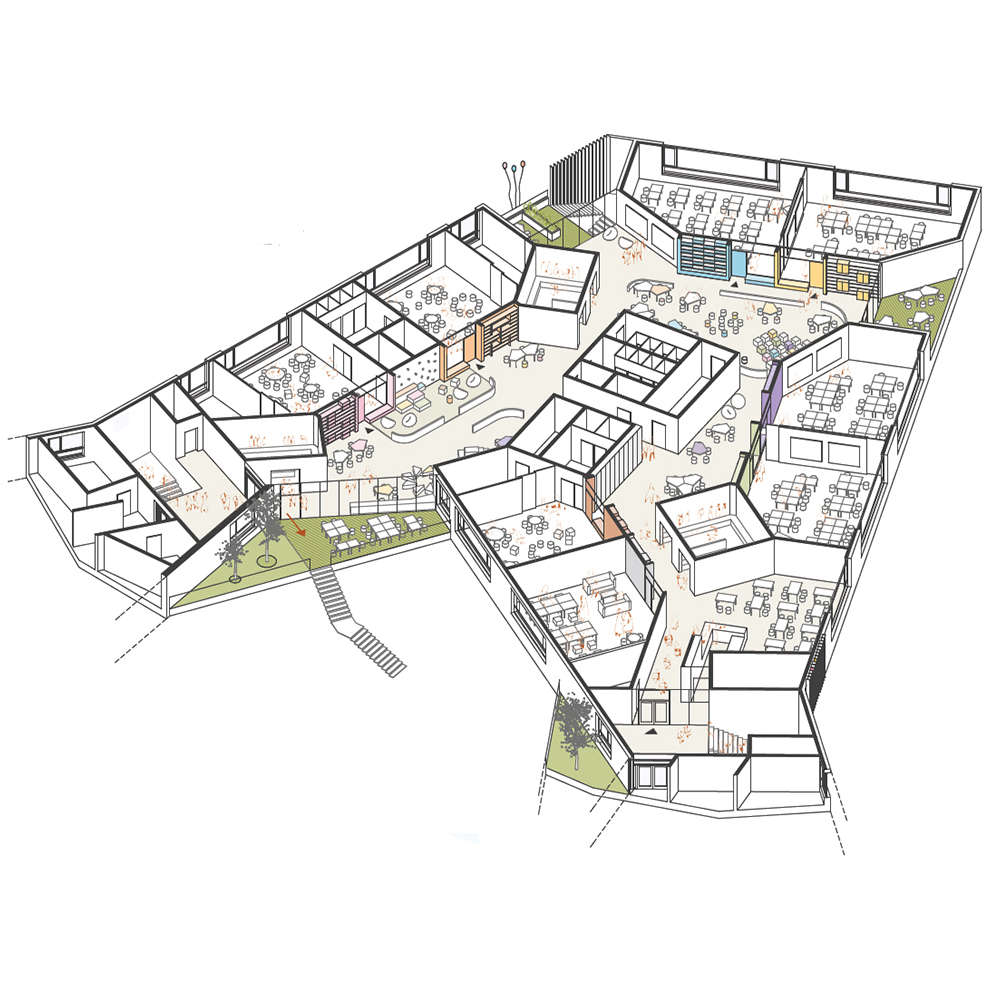
3rd prize
Aron Menczer Education Campus
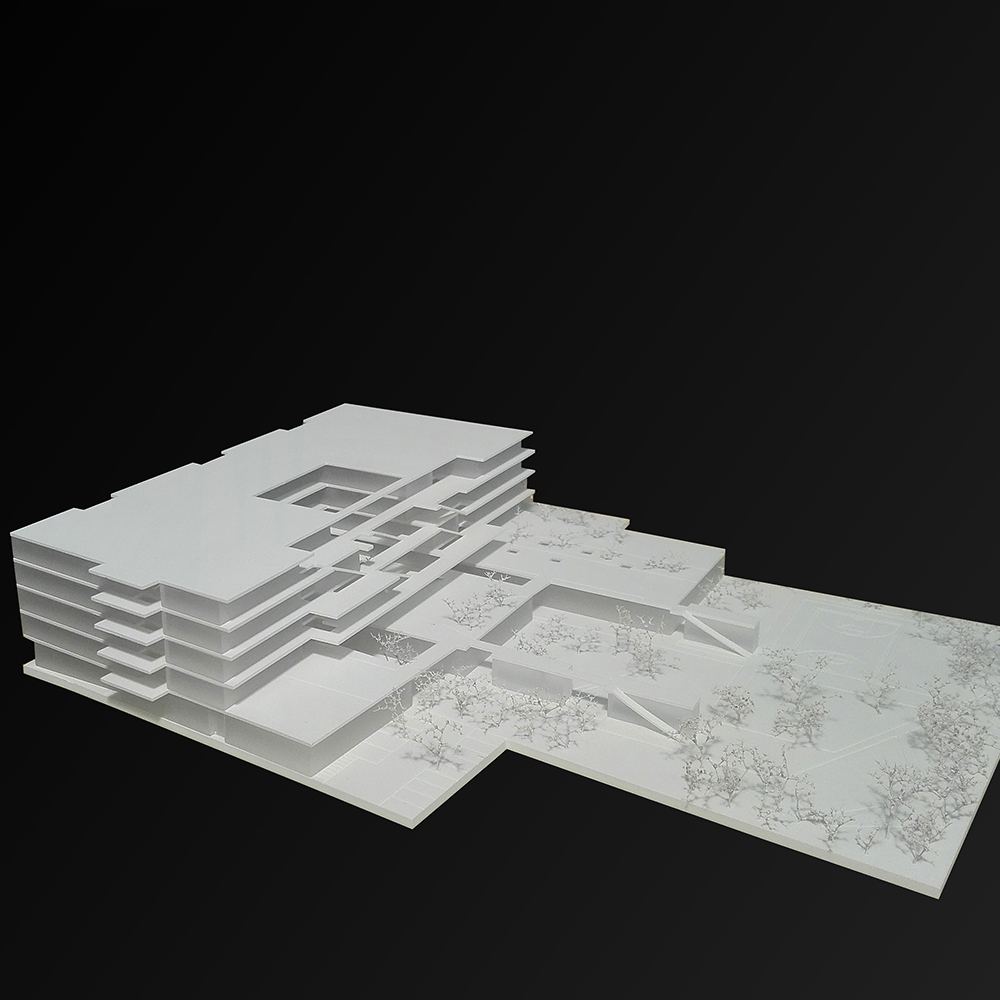
3rd prize
Education Campus Atzgersdorf
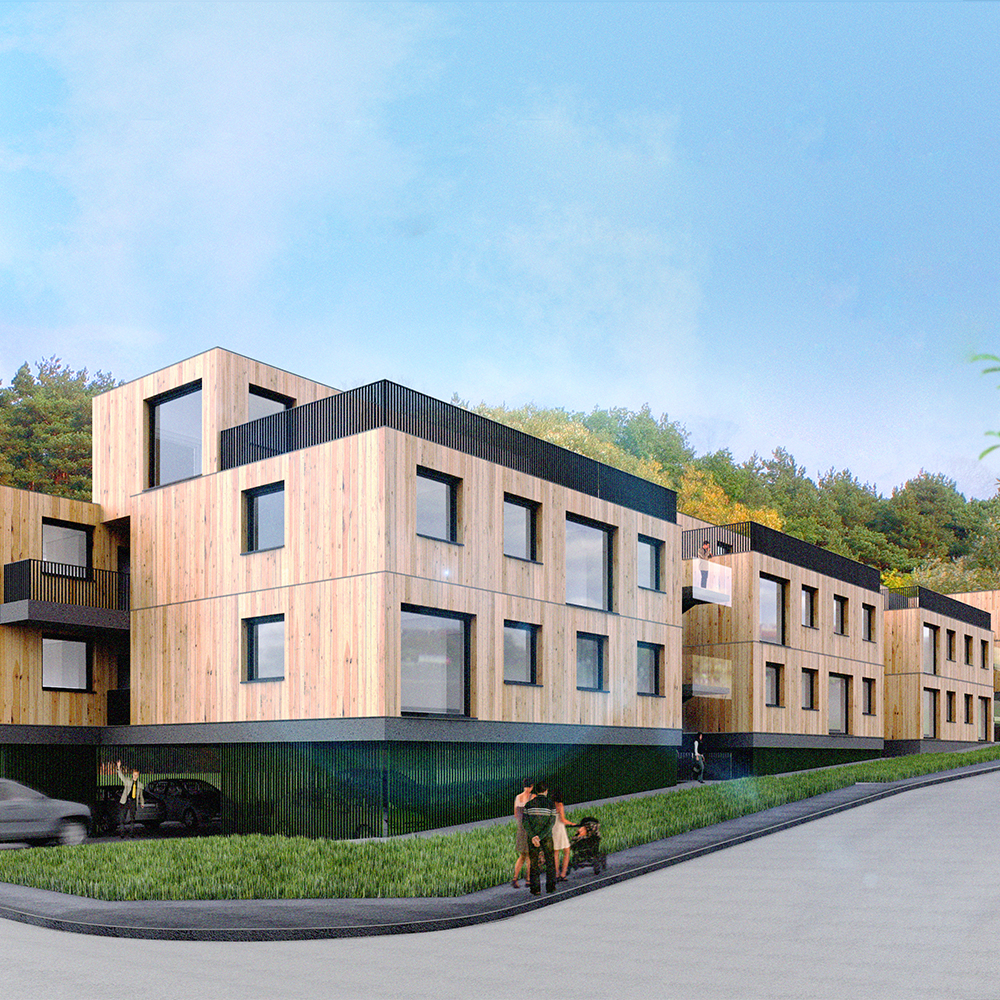
Wettbewerb
Forest Hill - Affordable living in Breitenfurt
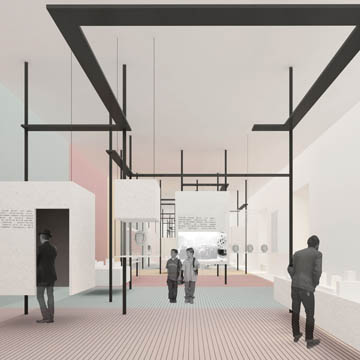
2nd prize
House of History Austria
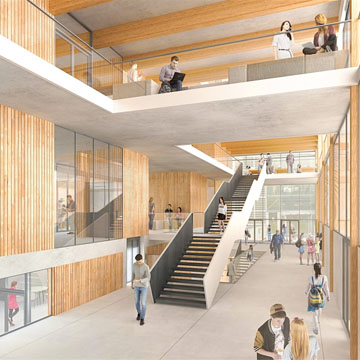
Recognition
New building for the University of Natural Resources and Applied Life Sciences, Vienna
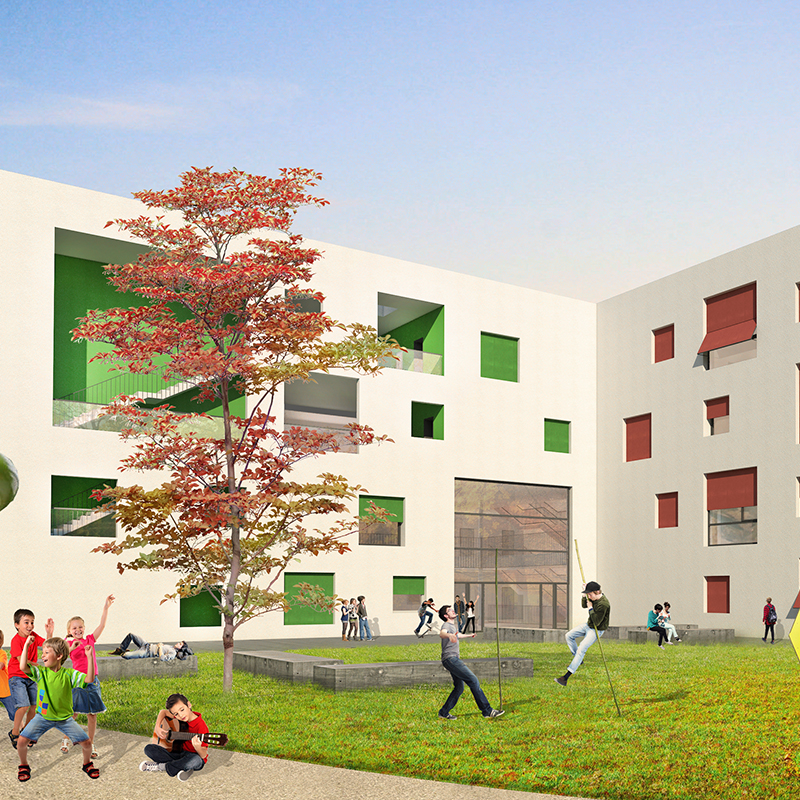
Wettbewerb
NMS (Neue Mittelschule – New Secondary School) Spielmanngasse
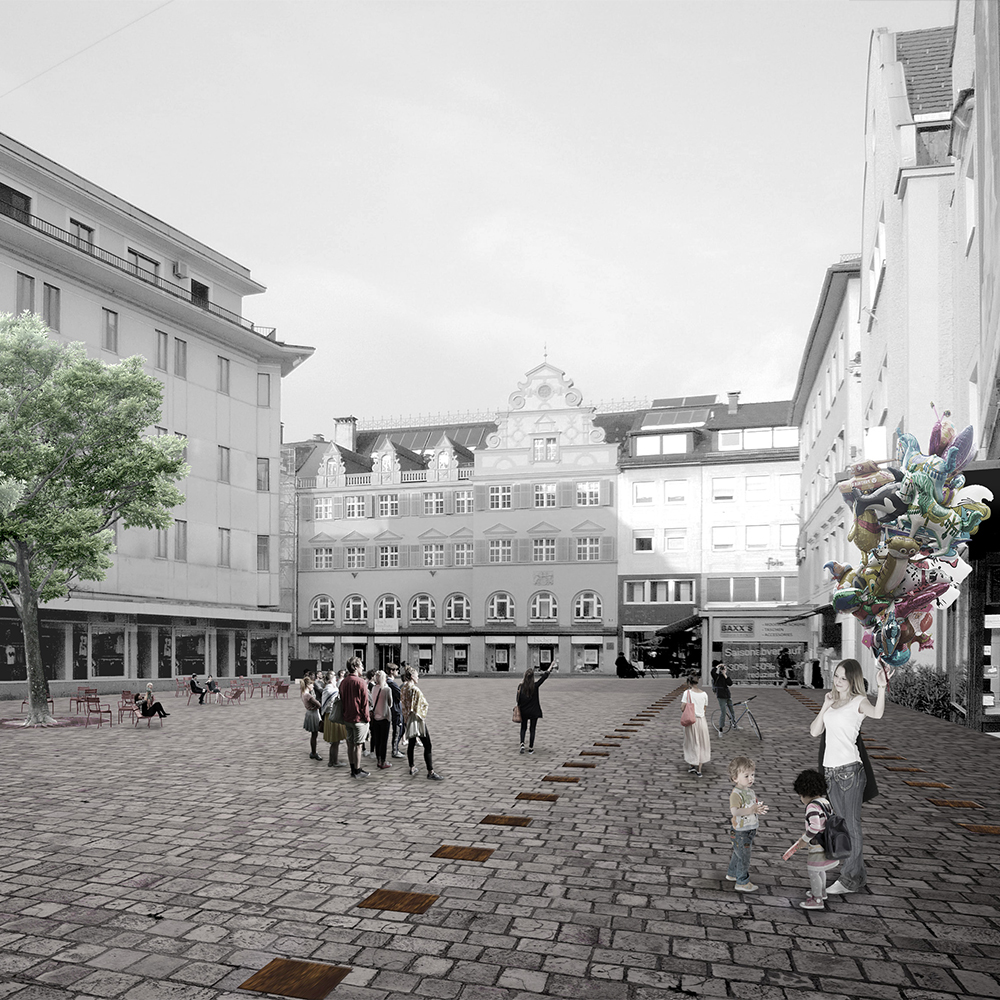
Wettbewerb
Neighbourhood development Leutbühel
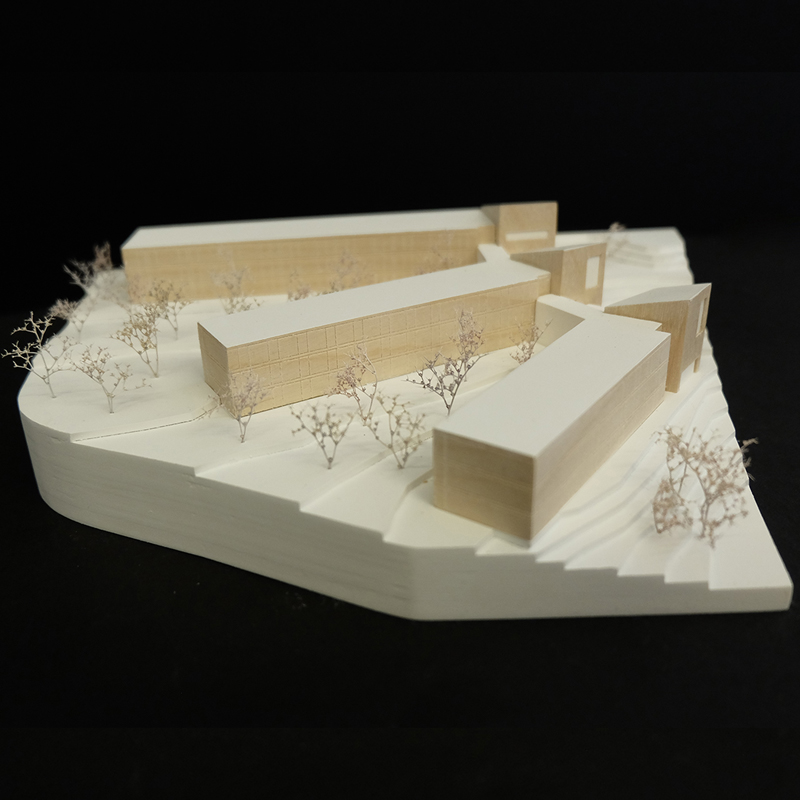
Competition
Students hostel Pitzelstätten
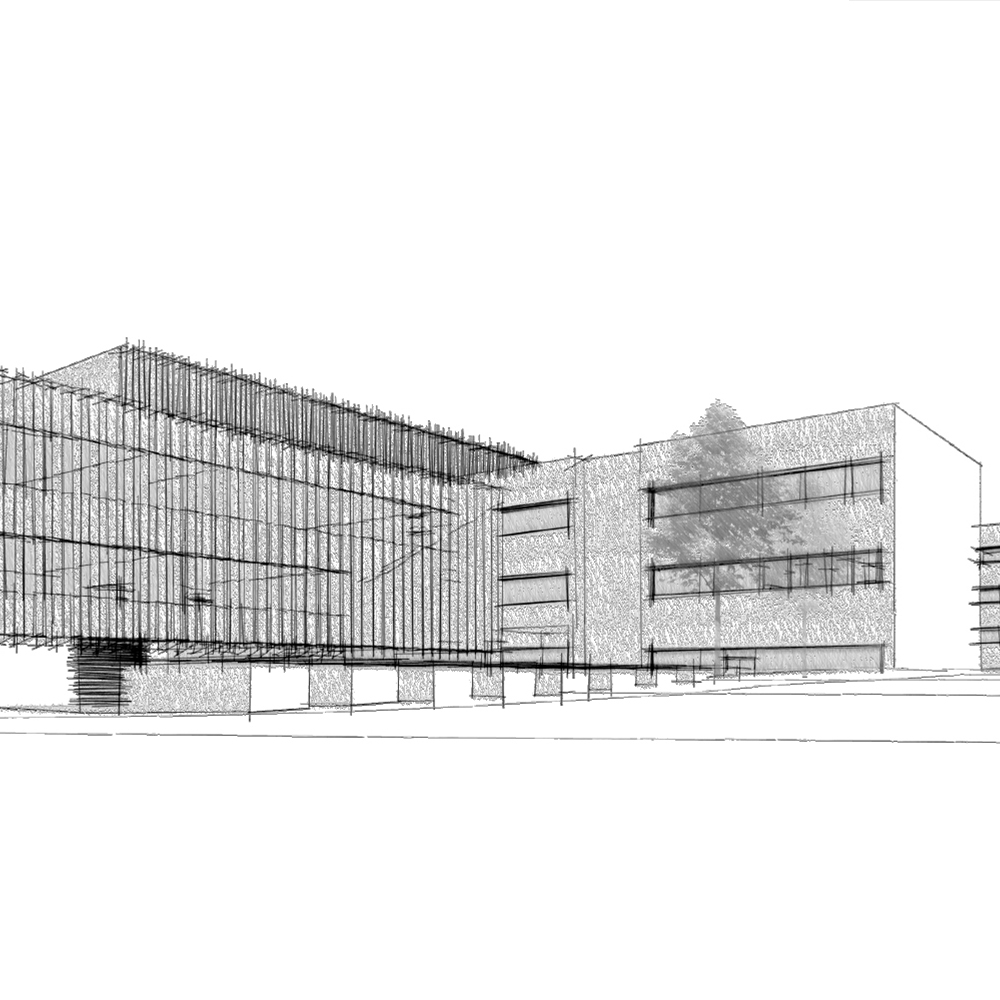
Wettbewerb
School Competence Centre Ferlach
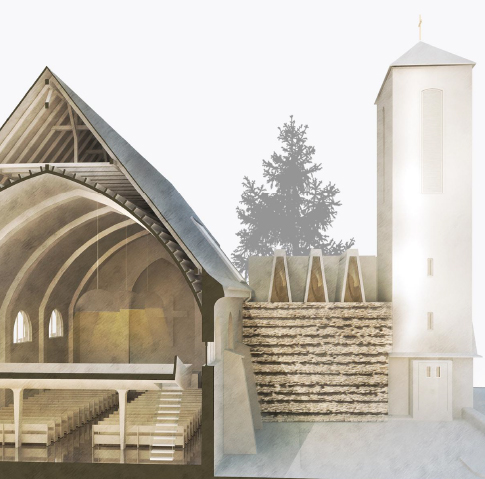
Competition
Parish church of Essling
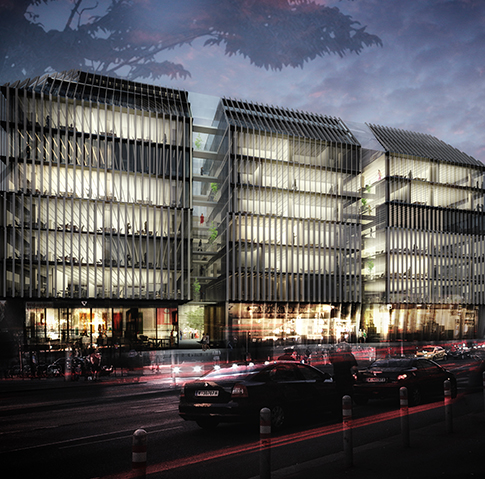
Competition
Rathausstraße 1
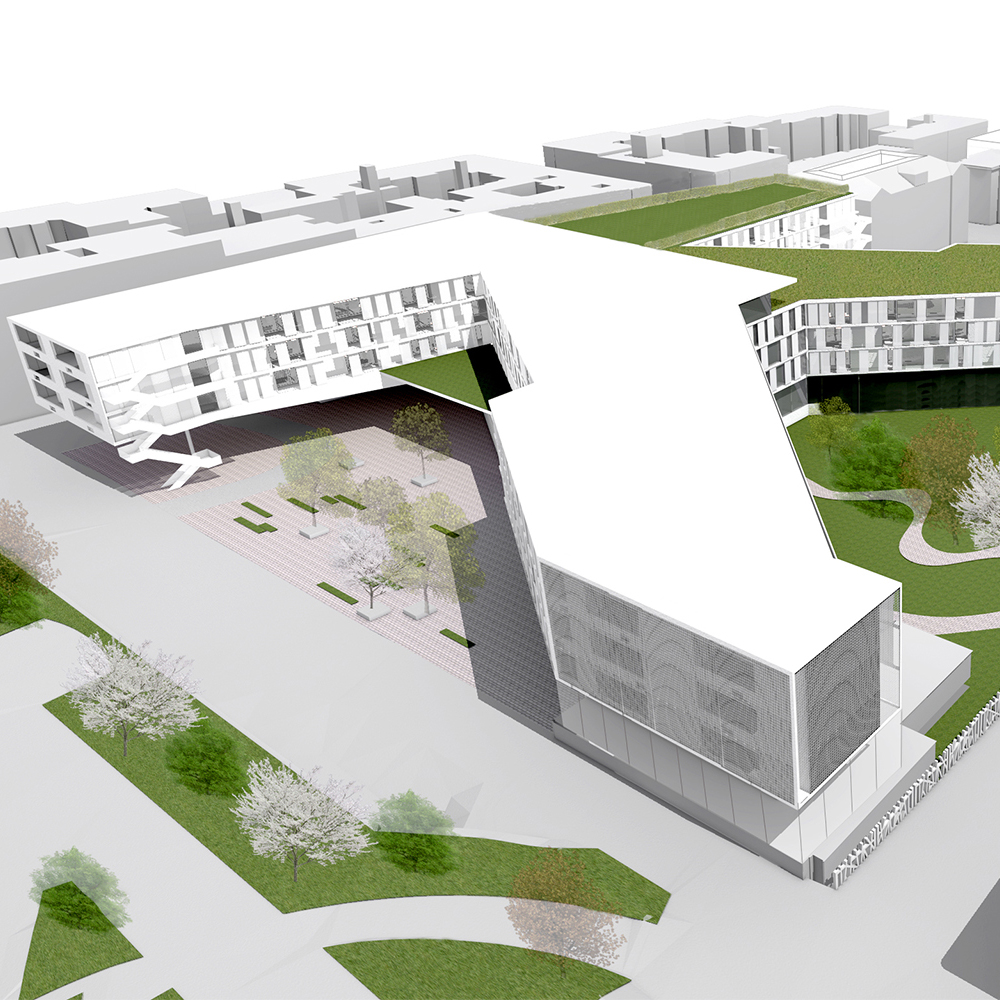
Competition
Kaiserin Elisabeth Hospital
Multifunctional Centre Elsterwerdaer Platz


